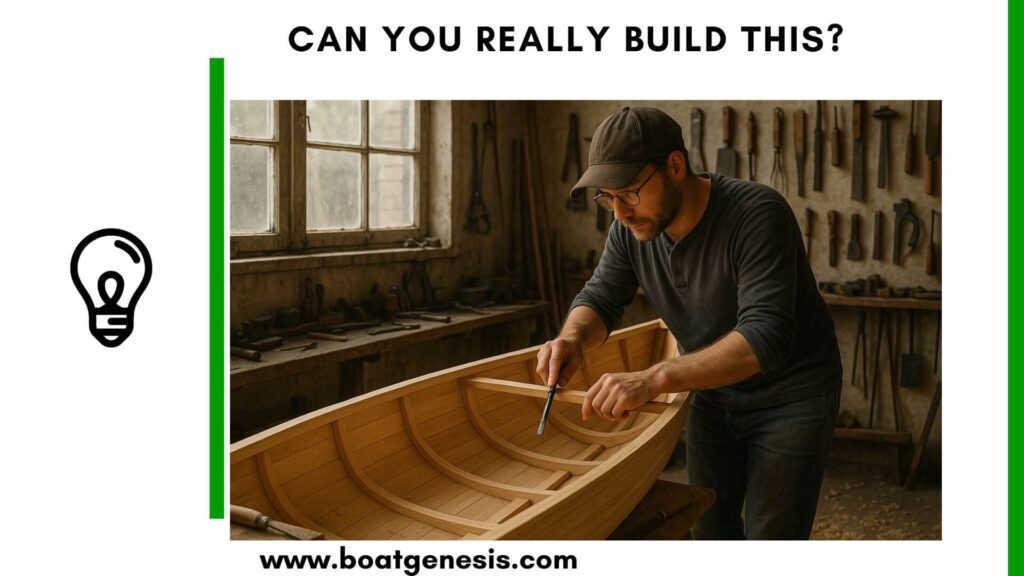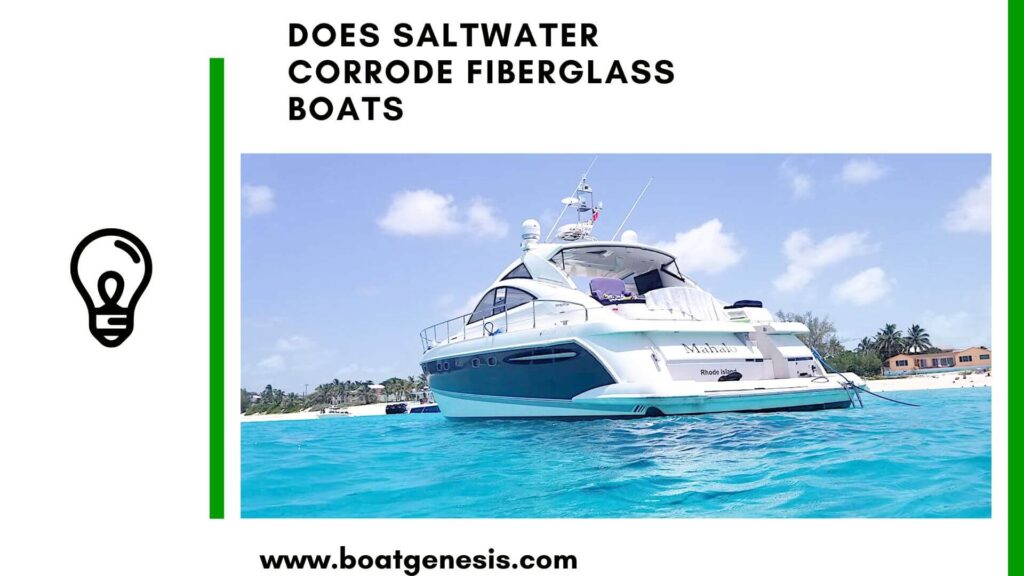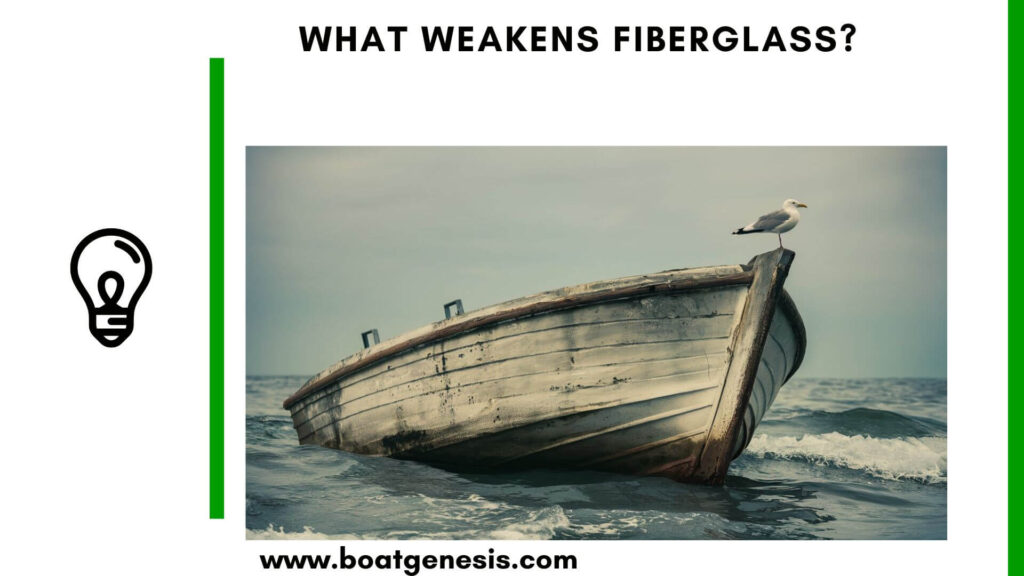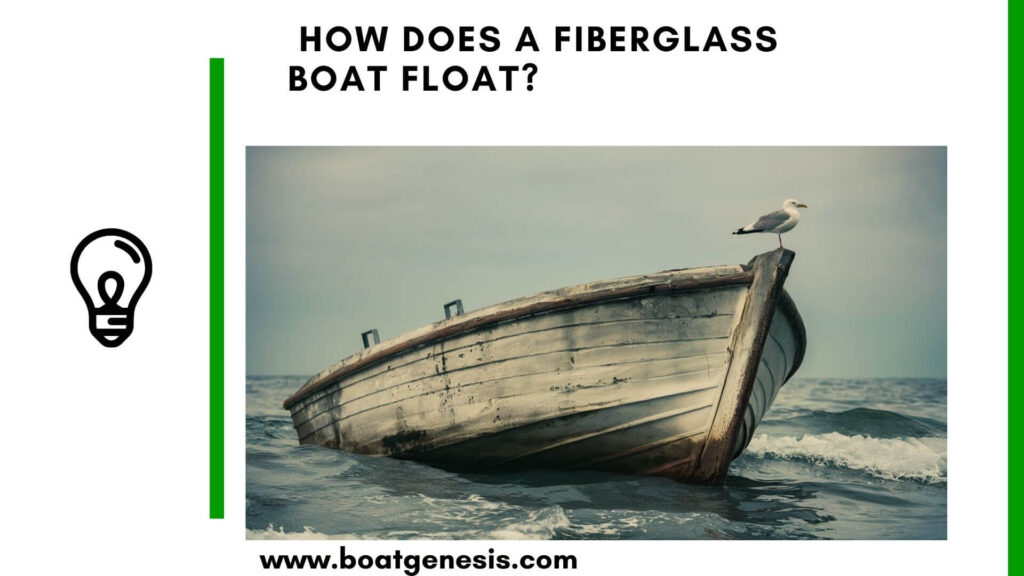Yes, it is absolutely possible to build your own boat! Whether you’re an experienced craftsman or a novice looking to dive into a new hobby, boat building can be an incredibly rewarding and fulfilling project.
In this article, we’ll explore the various aspects of building your own boat, from planning and materials to the actual construction process.
We’ll also provide some key takeaways and tips to help you succeed in your boat-building journey.
Key Takeaways
- Anyone can build a boat: With the right tools, materials, and guidance, anyone can build their own boat.
- Start small: Begin with a small project to gain experience before tackling larger boats.
- Plan thoroughly: Having a detailed plan and understanding the regulations is crucial.
- Enjoy the process: Boat building is a labor of love that requires patience and dedication.
Why Build Your Own Boat?
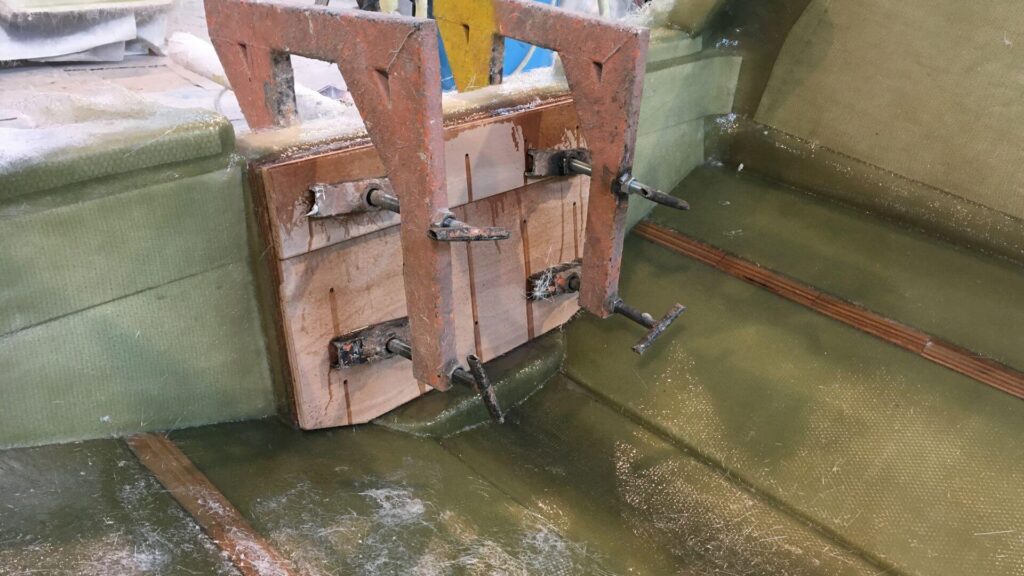
Building your own boat offers numerous benefits. Firstly, it’s a chance to create something unique that reflects your personal style and preferences.
Secondly, it can be more cost-effective than purchasing a pre-made boat, especially if you have the skills and resources to do much of the work yourself.
Finally, the sense of accomplishment and pride that comes from completing your own boat is unmatched.
Getting Started: Planning and Design
Choosing the Right Boat
The first step in your boat-building journey is deciding what type of boat you want to build. There are various options, including plywood sheet boats, kit boats, PVC boats, and even duct tape boats.
For beginners, starting with a small, simple design like a dinghy or a kayak is advisable.
These smaller projects will help you gain the necessary skills and confidence before moving on to larger, more complex boats.
Research and Regulations
Before you start building, it’s essential to research and understand the regulations governing boat construction in your area.
These regulations may include manufacturer certification, identification of boats, and display of capacity.
Ensuring compliance with these rules will help you avoid legal issues and ensure your boat is safe and seaworthy (source).
Creating a Detailed Plan
A well-thought-out plan is crucial for the success of your boat-building project. Your plan should include detailed drawings, a list of materials, and a step-by-step construction guide.
Many online resources and books offer boat plans that cater to various skill levels and boat types.
Investing time in creating a comprehensive plan will save you time and effort in the long run.
Materials and Tools
Selecting Materials
Choosing the right materials is vital for building a durable and safe boat.
Common materials include marine-grade plywood, fiberglass, and epoxy resin.
While you can use big box hardware plywood, it’s not the best choice for longevity. Marine-grade plywood is specifically designed for water exposure and will ensure your boat lasts longer.
Essential Tools
Having the right tools is equally important. Basic tools you’ll need include a saw, drill, clamps, measuring tape, and sandpaper.
Depending on the complexity of your project, you may also need specialized tools like a router, jigsaw, or fiberglass roller.
Investing in quality tools will make the construction process smoother and more enjoyable.
Building Your Boat
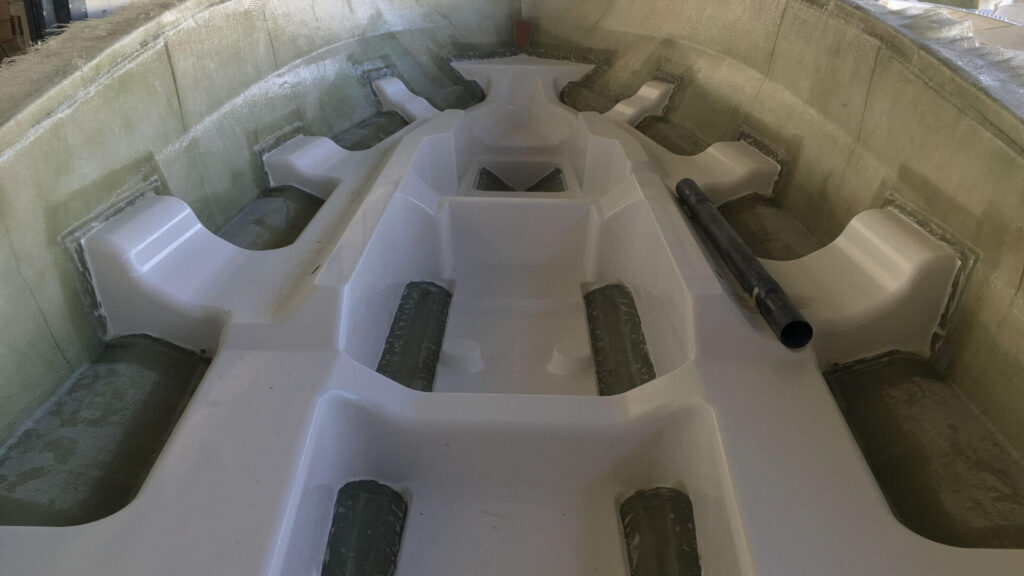
Step-by-Step Construction
- Cutting and Shaping: Begin by cutting the plywood or other materials according to your plan. Precision is key, so take your time to ensure accurate measurements and cuts.
- Assembling the Hull: Assemble the hull by joining the cut pieces using screws, nails, or epoxy. Ensure all joints are secure and watertight.
- Fiberglassing: Apply fiberglass cloth and epoxy resin to the hull for added strength and waterproofing. This step requires patience and attention to detail to avoid air bubbles and ensure a smooth finish.
- Finishing Touches: Sand the entire boat to smooth out any rough edges. Apply paint or varnish to protect the boat from the elements and enhance its appearance.
Testing and Launching
Before taking your boat out on the water, conduct thorough testing to ensure its stability and buoyancy.
Launch your boat in a controlled environment, such as a small pond or calm lake, to test its performance and make any necessary adjustments.
Beyond the Basics: Advanced Tips and Tricks
Customization
One of the joys of building your own boat is the ability to customize it to your liking. Consider adding features like storage compartments, seating, or a custom paint job to make your boat truly unique.
Joining a Community
Joining a boat-building community, either online or in-person, can provide valuable support and advice.
Engaging with fellow boat builders allows you to share experiences, learn from others, and stay motivated throughout your project.
Maintenance and Upkeep
Building your boat is just the beginning. Regular maintenance is crucial to keep your boat in top condition.
Inspect your boat regularly for any signs of wear or damage, and address issues promptly to ensure your boat remains safe and seaworthy.
How Much Does It Cost to Build Your Own Boat?
The cost of building your own boat depends on a few things—mainly the size, the materials you choose, and whether you already own the tools. Here’s a rough breakdown:
- Small DIY boat (like a canoe or dinghy): $500 to $2,000
- Medium-sized boat (motorboat or sailboat): $3,000 to $15,000
- Large or more advanced boats: $20,000 and up
These prices include materials like wood, fiberglass, epoxy, paint, and maybe a basic motor. If you need to buy tools, that can add a few hundred more.
Cost vs Buying a Boat
Let’s say you want a small motorboat. Here’s the difference:
- Build it yourself: Around $5,000 (materials + motor)
- Buy it used: Around $7,000–$12,000
- Buy it new: $15,000 and up
In short:
- DIY saves money, especially if you already have tools and can work slowly over time.
- Buying used is faster and might include extras like trailers or safety gear.
- Buying new is easiest, but it’s the most expensive.
Ways to Save When Building:
- Look for free or second-hand materials
- Borrow or rent tools
- Start with a simple design
- Search for free boat plans online
- Join local DIY or boating forums for tips
Building a boat isn’t just about saving money—it’s also about the experience. If you enjoy hands-on projects, it could be well worth the cost.
DIY Boat Building vs Buying: Cost Comparison
| Type of Boat | Build It Yourself (Approx.) | Buy Used (Approx.) | Buy New (Approx.) |
|---|---|---|---|
| Small canoe/dinghy | $500 – $2,000 | $800 – $3,000 | $3,000 – $6,000 |
| Medium motorboat | $3,000 – $8,000 | $7,000 – $12,000 | $15,000+ |
| Sailboat (20–30 ft) | $10,000 – $20,000+ | $15,000 – $30,000 | $40,000+ |
Prices vary depending on materials, location, and whether you do all the work yourself.
Conclusion
Building your own boat is a challenging yet rewarding endeavor that offers numerous benefits.
With careful planning, the right materials, and a bit of patience, anyone can build a boat that they can be proud of.
Whether you’re looking to save money, create a custom vessel, or simply enjoy the satisfaction of building something with your own hands, boat building is an adventure worth embarking on.
So, why wait? Start planning your boat-building project today and make it happen.

Founder of BoatGenesis, Warren has hands-on experience in fiberglass boat repairs, marine equipment testing, and powerboat building. Learn more about Warren.

